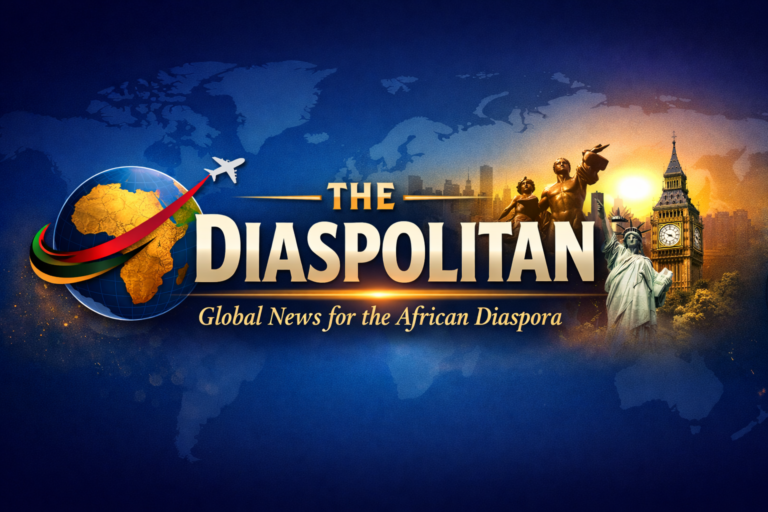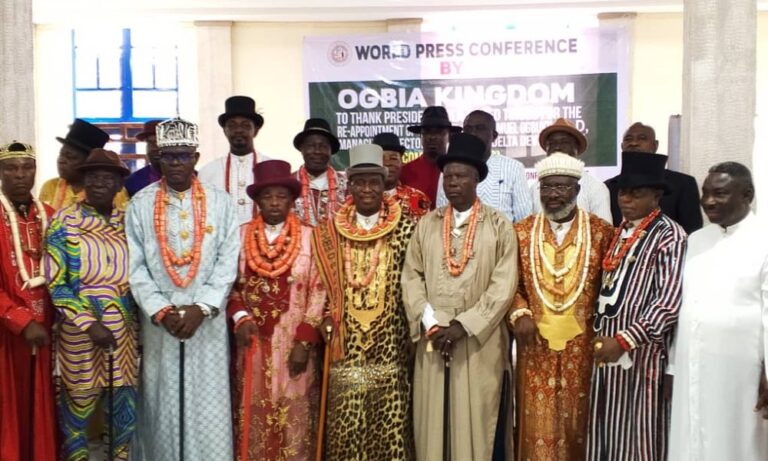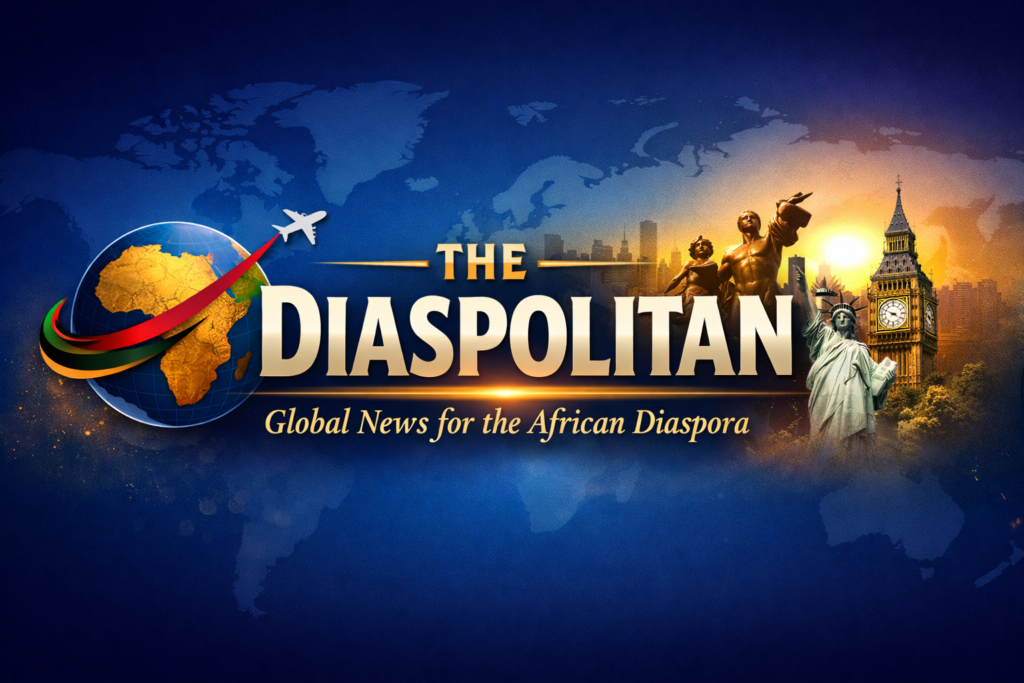The African diaspora in the Americas and in the Eastern Hemisphere, including the Middle East, India, and Asia, presents a complex and vibrant history shaped by distinct migration patterns. The diaspora in the Americas emerged primarily through the transatlantic slave trade, resulting in a rich cultural fusion, while the African diaspora in the Eastern Hemisphere followed a different historical path influenced by the trans-Saharan slave trade and colonialism.
The African Diaspora in the Americas
The African diaspora in the Americas has a deep and complex history rooted in the transatlantic slave trade, which forcibly transported millions of Africans to work on plantations. Despite this dark chapter, the African-descended communities developed a rich cultural identity, blending African, indigenous, and European influences. This fusion gave birth to iconic cultural expressions, such as samba and jazz, which remain symbols of creativity and resilience.
In contemporary times, African-descended populations in the Americas face ongoing challenges related to racial justice, systemic racism, and economic inequality. Movements like Black Lives Matter (BLM) have played a significant role in addressing issues of police brutality and institutional discrimination, highlighting the enduring struggle for racial equity. Despite these efforts, disparities in wealth and access to opportunities continue to persist, particularly in regions like Latin America and the Caribbean, where Afro-descendants face high levels of poverty and marginalization.
Economic empowerment for African-descended populations in the Americas has also grown, with increased emphasis on entrepreneurship and participation in transnational trade initiatives such as the African Continental Free Trade Area (AfCFTA). This has fostered stronger connections between the diaspora and African nations, contributing to economic growth and the global integration of diaspora communities.
The African Diaspora in the Eastern Hemisphere
The African diaspora in the Middle East, India, and Asia followed a different historical trajectory, shaped by the trans-Saharan slave trade and colonial influences. Communities such as the Siddis in India, who are descendants of Africans brought through Arab and Portuguese trades, have maintained a distinct cultural identity, blending African customs with local traditions. Despite their rich heritage, these communities often remain less visible on the global stage compared to their counterparts in the Americas.
Unlike the Americas, African-descended communities in the Eastern Hemisphere are generally smaller and less politically active. In India, communities like the Siddis continue to face socio-economic exclusion and marginalization, and African immigrants in Russia and Japan face growing xenophobia and nationalist tensions. The struggles of these communities receive limited visibility compared to the Americas, where movements like BLM have amplified awareness and action.
Cultural Preservation and Identity
Cultural preservation plays a crucial role in the identity of the African diaspora. In the Americas, festivals such as Juneteenth and Festa de Iemanjá celebrate African heritage and foster cultural pride. Social media has also helped facilitate transnational dialogue, allowing African-descended populations to connect with their roots and share their cultural practices on a global scale. Conversely, in the Middle East and Asia, cultural exchanges are often more localized, limiting broader engagement. Communities like the Siddis maintain their traditions through smaller festivals, but their visibility in the global cultural dialogue remains minimal.
Policy Advocacy and Challenges
The level of policy advocacy also varies significantly between the two regions. In the Americas, organizations such as the NAACP in the United States and Brazil’s Black Movement actively pursue systemic reforms to combat racial inequality and discrimination. These groups have also engaged with initiatives driven by the African Union to strengthen ties between Africa and its diasporas. By contrast, advocacy for African-descended populations in the Middle East and Asia is underdeveloped and often overlooked.
By 2030, the role of the African diaspora will continue to evolve, shaped by the unique historical, cultural, and socio-economic contexts of the Western and Eastern Hemispheres. While the Americas are advancing in areas of advocacy and economic empowerment, African-descended communities in the Middle East and Asia face isolation and marginalization. Nevertheless, globalization and digital platforms present opportunities for deeper connections with Africa and the broader diaspora. The ongoing fight for racial equity and economic empowerment remains crucial for all African-descended populations, regardless of their location.















